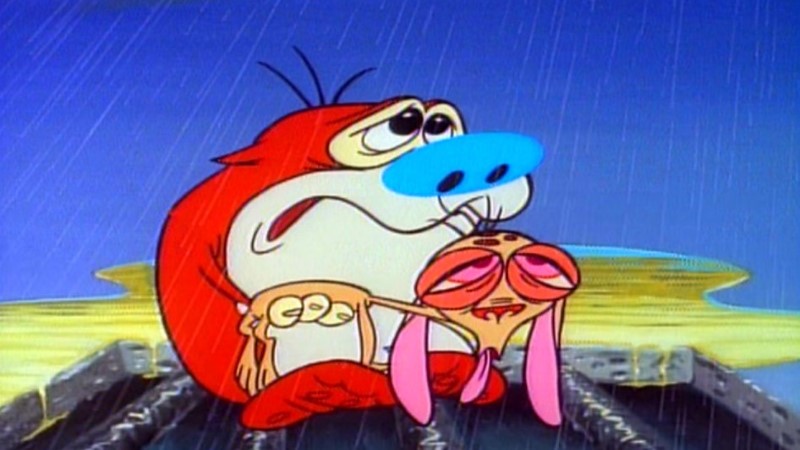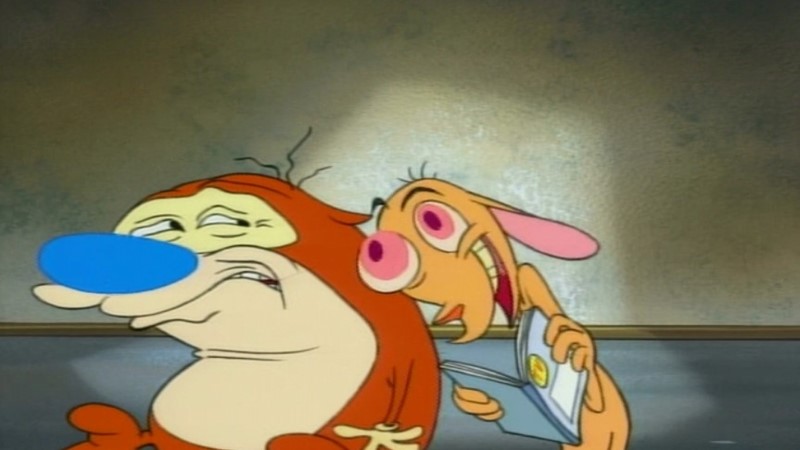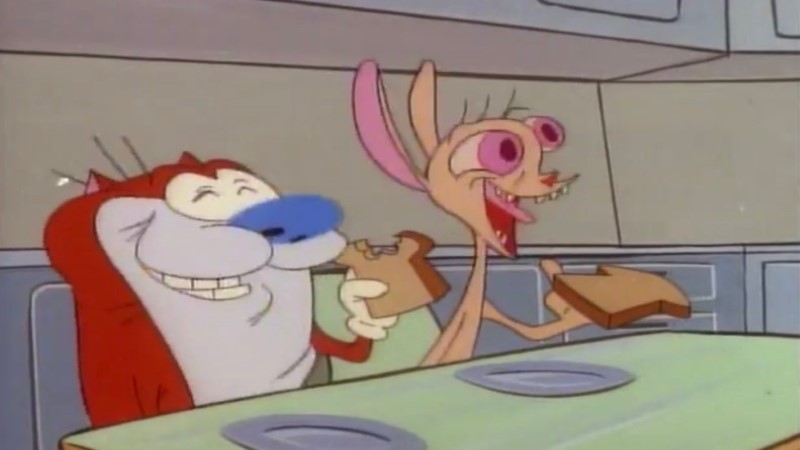Retro
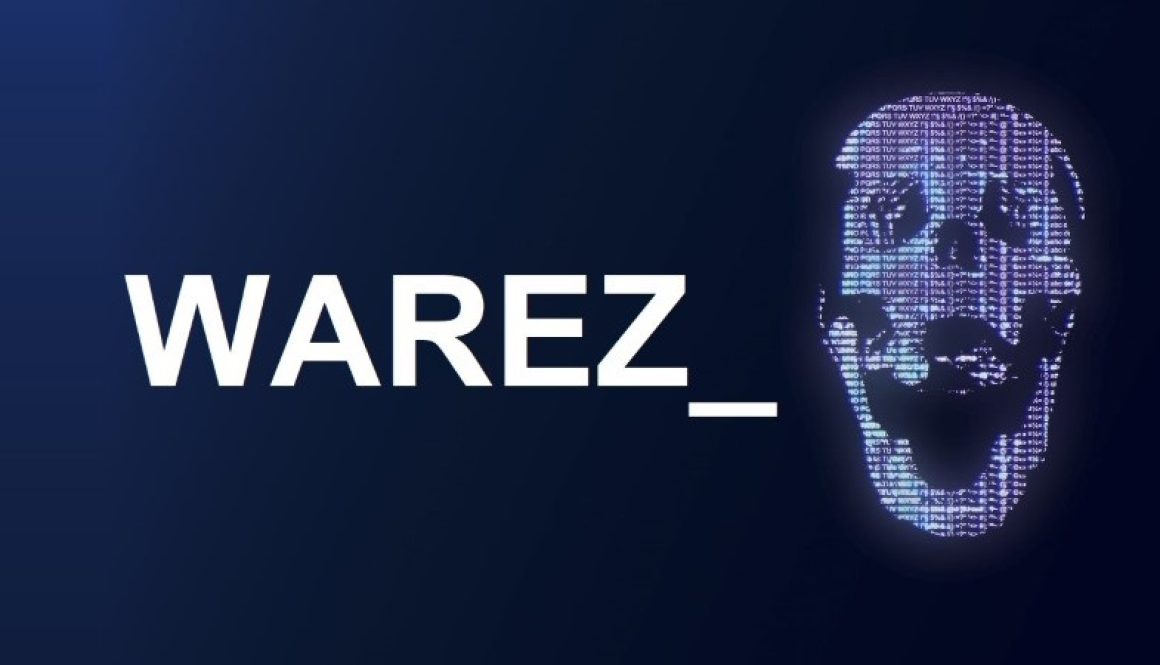
Razor1911, Skidrow, Fairlight: The Rise and Legacy of Warez Groups
Note: This overview is intended strictly for informational and educational purposes only.
If you were online during the 1990s or early-to-mid 2000s, chances are you either stumbled upon or heard about mysterious “warez groups.”
To the average internet user, these were simply the people who cracked games and software, making them available for download on bulletin boards, IRC channels, early peer-to-peer networks, and eventually torrent sites.
But to those who paid attention, warez groups represented an entire underground ecosystem rooted in competition, technical skill, and a surprising sense of “honor among pirates.”
This article takes a historical look at what warez groups were, how they began, the major players like Razor1911, RELOADED, Deviance, FairLight, PARADOX, SKIDROW, CPY, HOODLUM, and others, how they shaped online culture in the 90s and 2000s, and where many of them stand today.
What Exactly Were Warez Groups?
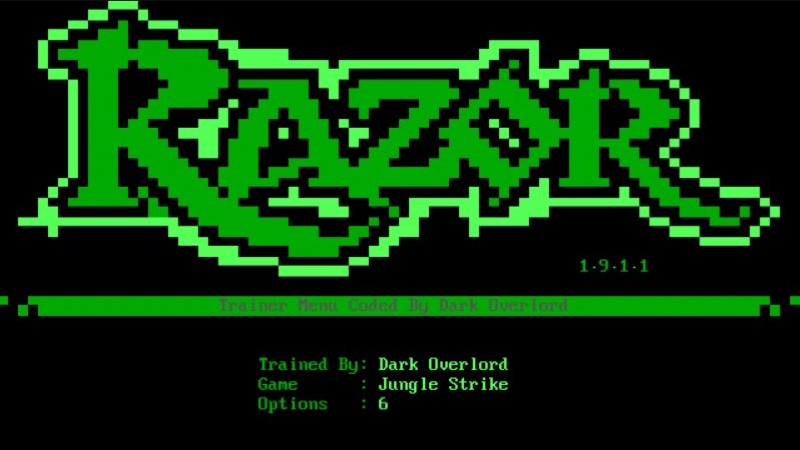
Warez groups were organized teams of individuals who specialized in obtaining commercial software, removing or bypassing copy-protection measures, and then repackaging and releasing the “cracked” versions online.
Their work most often revolved around PC games, but many also dealt with operating systems, productivity suites, movies, and console software.
Contrary to the assumption that these groups operated for financial gain, traditional warez culture strongly discouraged profit.
The motivation was largely driven by skill, reputation, and the thrill of beating the latest digital protection. Being the first group to crack a newly released AAA game or software title was a badge of honor. Groups kept score, and competition was fierce.
The Beginnings: 1980s and Early 1990s
The roots of the warez scene can be traced back to the 1980s, long before broadband internet existed. Early enthusiasts traded copied Commodore 64, Amiga, and PC games using floppy disks and dial-up Bulletin Board Systems (BBSes). Groups like The Humble Guys (THG), Quartex, and FairLight emerged as pioneers of the scene.
They would remove copy-protection from games and attach small digital “calling cards” in the form of cracktros; short animated intros that displayed their group name, digital art, chiptune-style music, and member credits.
By the early 1990s, the scene had become more structured. It operated with unwritten rules, a hierarchical lineup of roles (crackers, suppliers, couriers, testers, sysops), and a strong code of secrecy. Internal leaks or behavior seen as disrespectful to the scene could result in a group being banned or losing standing.
Late 1990s Through the 2000s
The late 90s and early 2000s are what most people consider the golden age of warez culture. As internet adoption soared and broadband became more common, releases spread faster than ever before.
File-sharing networks like Napster, eDonkey, Kazaa, and later BitTorrent helped propel warez releases to mainstream awareness.
Names like Razor1911, RELOADED, Deviance, FairLight, CLASS, PARADOX, iSO, HOODLUM, SKIDROW, Myth, VACE, DEViANCE, and later CPY, became legendary to many online users.
Razor1911, founded in 1985, became one of the most recognized names in the cracking world. Their iconic ASCII NFO files, which accompanied releases, were nearly as famous as the games themselves.
Razor1911 became closely associated with the PC game cracking scene throughout the 90s and 2000s, although they faced setbacks and re-emerged multiple times after law-enforcement operations targeted scene groups.
RELOADED, often stylized as RLD, gained massive notoriety in the 2000s for consistently high-quality and reliable game cracks. While some groups rushed releases that resulted in bugs or instability, RELOADED prided themselves on polished work. This reputation helped them become widely trusted among those who sought pirated games at the time.
Deviance was another standout group during the early 2000s. Known for their competitive nature and occasionally provocative NFO writeups, they were highly active and respected for fast releases and technically solid cracks. Deviance eventually faded from the scene, but their mark on warez history remains strong.
FairLight, one of the oldest groups still known today, began in 1987 and bridged the gap between the demoscene and the warez scene. Their cracktros in particular became admired for their artistic polish, blending technical skill with creativity. FairLight was swept up in major anti-piracy operations yet resurfaced multiple times.
PARADOX became a household name in the PlayStation and console-cracking side of the scene. They were known for cracking games and firmware for systems such as the PlayStation 1, PlayStation 2, and later the PlayStation 3. Their work often made gaming headlines and drew media attention.
SKIDROW later took center stage in the late 2000s and 2010s, especially when PC games began shipping with more aggressive DRM, such as SecuROM and Ubisoft’s online-check DRM. SKIDROW released many prominent cracks during this era and maintained a consistent presence well into the 2010s.
More modern groups like CPY (Conspir4cy) became notorious for defeating notoriously difficult DRM systems such as Denuvo, especially between 2014 and 2020. CPY releases often dominated gaming news sites whenever a major breakthrough was made.
Other groups frequently referenced include HOODLUM, UNLEASHED, DARKSiDERS, PLAZA, TiNYiSO, XFORCE, BAHAMUT, TNT, and ISO groups too numerous to list.
Why the Scene Captured the Imagination of a Generation
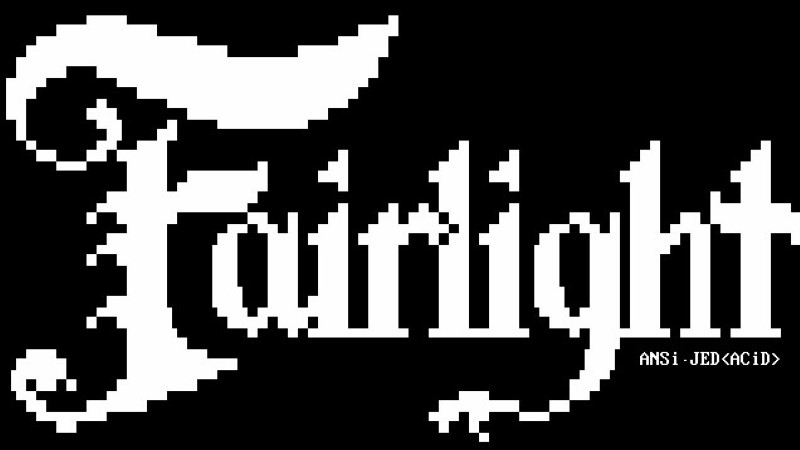
For many people growing up online in those years, warez groups became icons of a digital counterculture.
Before the era of streaming and widespread digital ownership, video games were expensive and sometimes geographically restricted. Warez groups, intentionally or not, provided access to people who otherwise had no way of playing certain titles.
Their releases also had a unique aesthetic. Cracktros, ANSI and ASCII artwork in NFO files, clever “installer jokes,” and internal rivalries gave the scene an identity that felt almost like a secret society.
While piracy itself was illegal, the cultural footprint of these groups helped spark discussions around digital rights, DRM, consumer access, and software preservation.
Law Enforcement Crackdowns
As the warez scene grew, it increasingly caught the attention of global authorities and corporate anti-piracy units.
The early 2000s saw major international operations designed to cripple scene groups. Operations such as Operation Buccaneer (beginning in 2001), Operation Fastlink (2004), and Operation Site Down (2005) led to high-profile raids, arrests, and the shutdown of servers.
Groups like DrinkOrDie, Razor1911, FairLight, and others were directly impacted during these crackdowns.
While these law-enforcement efforts did significant damage, the scene never fully disappeared. It adapted, decentralized, grew more private, and became far more cautious.
Where Are They Now?
Today, classic warez groups do still exist, but their activity is not as public or as frequent as in the past. Some operate quietly in the background, while others have gone dormant, faded out, or disbanded entirely.
Razor1911 has resurfaced multiple times over the years and continues to appear sporadically with new releases.
FairLight has also re-emerged periodically and remains a respected, if less active, presence.
RELOADED, once one of the most dominant groups of the 2000s, has somewhat faded from the scene. However, it’s been reported they were working with BTCR as of 2022.
Deviance has long been inactive.
SKIDROW still appears from time to time, though far less prominently than before.
CPY made headlines in the late 2010s for consistently breaking Denuvo, but has been quiet more recently. PARADOX was thrust into the news again in 2020 due to high-profile arrests linked to the group.
The nature of the modern scene has changed. Warez groups today operate far more privately, avoid the flashy cracktros that once defined the culture, and rarely interact with the public.
The digital ecosystem and the rise of legal distribution platforms like Steam, GOG, Epic Games Store, and Game Pass have also changed user habits, reducing the mainstream presence of warez culture.
The Cultural Legacy of Warez Groups
No matter one’s position on piracy, it is impossible to deny the impact warez groups had on internet culture.
They pushed digital rights protection to evolve, influenced cybersecurity research, preserved software that might otherwise be lost, and introduced a subculture that merged artistry, rebellion, and technical excellence.
Warez groups were a product of their time, shaping the online experience of countless users during the 90s and 2000s. For many, they will always represent a distinct era of the internet, when the web felt smaller, more mysterious, and full of hidden backdoors for those curious enough to search.
Their legacy remains a fascinating chapter in the history of digital culture. A legacy that reveals how technology, culture, and underground communities often grow hand in hand
Again, this article is meant strictly for educational and journalistic purposes.
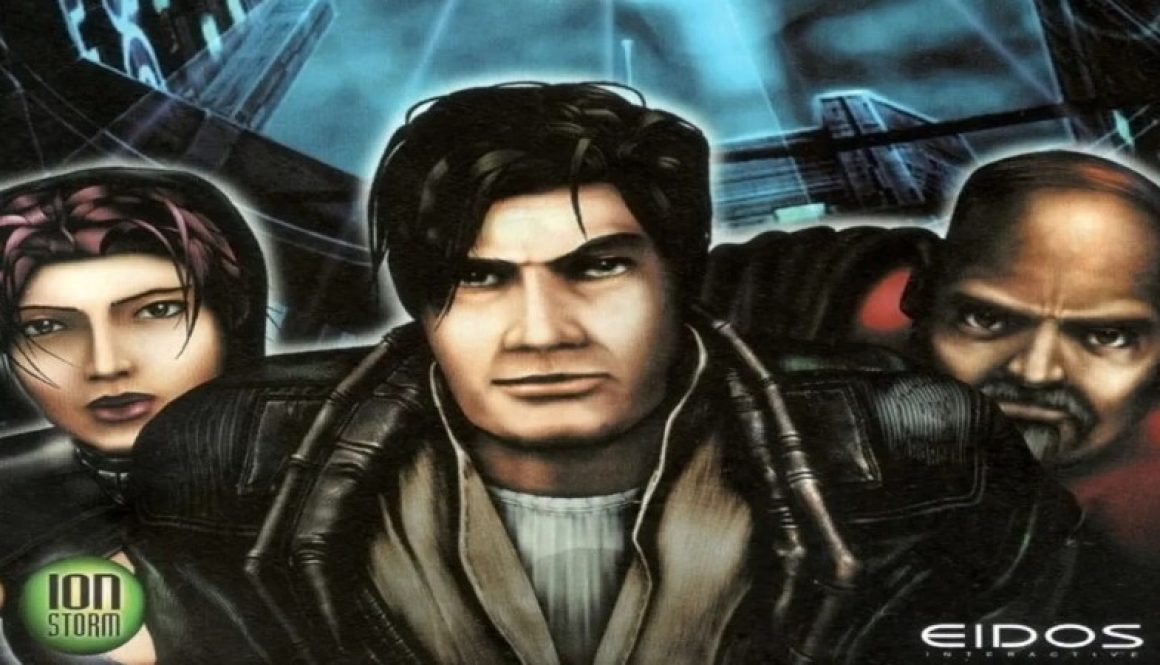
Anachronox: Has Anyone Played this Buggy 2001 Masterpiece?
I’ve always had a soft spot for games that try to do too much, bite off way more than they can chew, and somehow still leave bite marks on the genre. Anachronox is that kind of game.
Released on PC in June 2001, it’s a sci-fi, film-noir, comedy-laced, JRPG-style adventure from Ion Storm Dallas, built on a heavily modified Quake II engine. It launched buggy, sold modestly, and came from a studio swirling in drama…yet it’s one of the most memorable RPGs I’ve ever played.
What the game is actually about (and why its cast is still memorable)
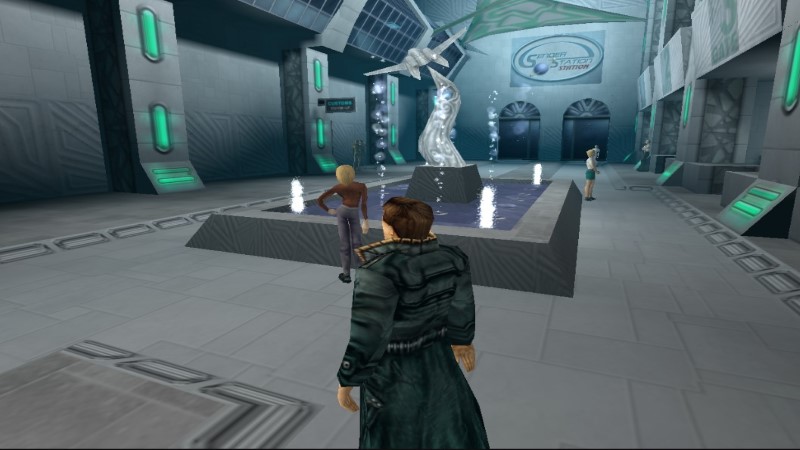
You play Sylvester “Sly Boots” Bucelli, a private eye on the scarred, seedy planet-city of Anachronox. He’s joined by a sarcastic childhood robot buddy (PAL-18), a grumpy scholar (Grumpos), a disgraced scientist (Dr. Rho Bowman), and (because Anachronox never met a big swing it didn’t like) an entire miniaturized planet called Democratus that somehow joins your party.
If that last bit made you grin, that’s the game in a nutshell: big ideas delivered with deadpan confidence. The plot ping-pongs from noir errands and mob feuds to galaxy-threatening mysteries tied to ancient “MysTech” artifacts, with sharp, funny dialogue and surprisingly heartfelt moments.
Mechanically, it wears its JRPG inspirations on its sleeve: turn-based battles, party skills for light puzzling, and hub-to-hub exploration but reimagined for a 3D PC space. The Quake II tech wasn’t just a renderer; Ion Storm hacked in cinematic camera work, expressive faces, and effects to make a “console-style” experience feel at home on a mouse and keyboard.
I’d argue Anachronox is still one of the cleanest translations of JRPG sensibilities to PC RPG culture in that era. Contemporary critics noticed the same thing, repeatedly comparing it to Final Fantasy while praising the story, humor, and character writing.
My take: the game’s tone is the secret sauce. It shifts from silly (Boots moonlighting as a dancer to make rent) to somber without whiplash, using humor to make the bigger cosmic turns land harder. When people say “great writing” in games, this is what they mean: voices you can hear in your head years later, and a world that lets both pathos and punchlines breathe.
The troubled road to release (and why the context matters)
Anachronox was in development for years, as it was originally targeted for 1998 but shipping in June 2001, and it lived inside the most public studio soap opera of its time. Ion Storm was founded by John Romero and Tom Hall, raised funding from Eidos, and split into Dallas (Daikatana, Dominion, Anachronox) and Austin (Deus Ex).
After Daikatana cratered, the Dallas studio became a punchline, and Anachronox had to find its footing under that cloud.
The team crunched brutally in 2000–2001 (12–16 hour days weren’t unusual), wrestling a shooter engine into a cinematic, turn-based RPG and running weekly “bug meetings” where new defects ballooned faster than the old ones could be squashed.
Even then, they got it out the door in late June 2001. Two weeks later, Eidos shuttered Ion Storm Dallas. The Anachronox crew stuck around unpaid to finish a patch. If you’ve ever wondered how “cult favorite with rough edges” happens…well, that’s how.
The buggy launch and the patchwork that followed
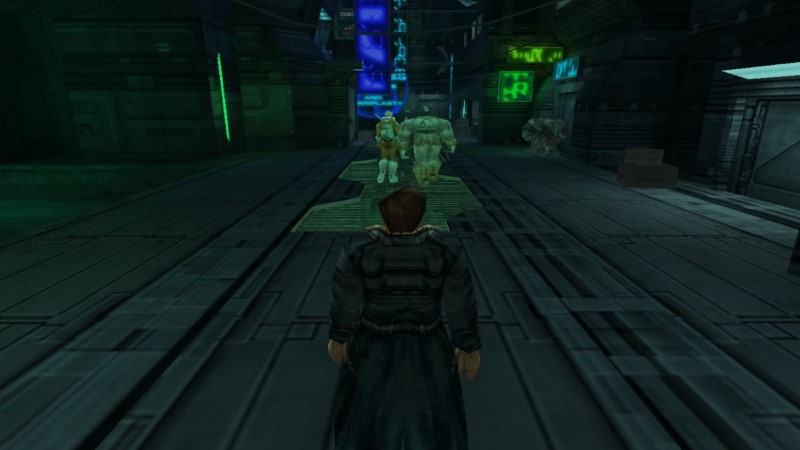
Day-one Anachronox was a paradox: critically praised but technically messy. GameSpot called it a “solid addition” and noted an early patch fixed “most” issues but highlighted Windows 2000 headaches; other reviewers loved the story but winced at the bugs.
Over the next few years, an official patch (1.01), then semi-official updates by programmer Joey Liaw, and finally an unofficial fan patch smoothed many of the worst problems: an early case study in community triage for a game that deserved better support than a closing studio could give.
My take: the roughness stung, but the writing and staging were so strong that I minded less than I should have. Once patched, the game’s charm shines through; the difference between a fascinating near-miss and a classic you want to evangelize. (Plenty of players and critics clearly felt that way, too).
Sales, reception, and the “best game no one played” problem
Commercially, Anachronox underperformed. By the end of 2001, North American sales were around 20,000 units, with some later tallies putting the early run closer to 40,000, which was tiny for a project this ambitious.
Yet reviews were broadly positive, and the game even popped up in PC Gamer’s Top 100 lists in later years. This is the weird duality of Anachronox: a game warmly received by those who found it, but drowned out by timing, minimal marketing, and studio turbulence.
How it helped (and quietly challenged) PC RPGs
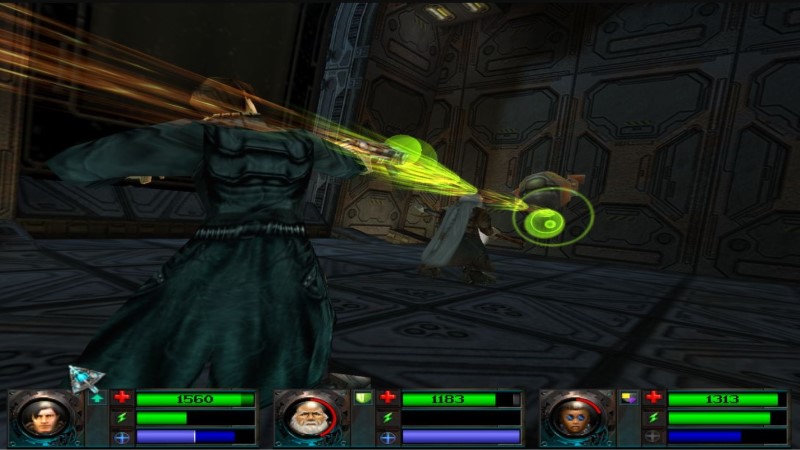
Was Anachronox a commercial blueprint for PC RPGs? No. But in design terms, it was quietly influential:
- JRPG structure, PC comfort: It made a party-based, turn-based, story-first formula feel natural on PC without asking players to compromise on camera control, exploration, or interface. That sounds obvious now; it wasn’t in 2001.
- Cinematic staging in a shooter engine: Using Quake II to deliver elaborate cutscenes and camera language mattered. It showed that you could achieve theatrical storytelling without building bespoke tech from scratch, which was huge for mid-sized PC teams at the time. )
- Tone as a design pillar: The balance of melancholy sci-fi, noir grime, and straight-faced absurdity (again: a planet in your party) broadened what “serious” PC RPGs could feel like. Critics repeatedly singled out the humor and dialogue as defining features.
My take: Anachronox didn’t reshape the market, but it did expand the creative vocabulary of PC RPGs. When later games got bolder with cinematic cameras, authorial voice, or cross-pollination with console traditions, I always thought, “Yeah, Anachronox walked some of this road.”
The legacy: a cult classic that refused to vanish
If you only know one postscript, know this: Anachronox’s cutscenes were stitched into a feature-length film titled Anachronox: The Movie and it won top awards at the 2002 Machinima Film Festival. That wasn’t common back then; it validated how strong the game’s staging and writing were, even removed from the interactive bits.
On the studio side, Dallas closed days after launch, and both John Romero and Tom Hall parted ways at that time. What survived wasn’t a franchise (though Hall wanted a sequel) but a reputation; “the brilliant, broken Ion Storm RPG.” Over time, patches and fan love turned that reputation from “broken” to “beloved.” I still see it pop up in “underrated classics” lists, and honestly, it earns the slot.
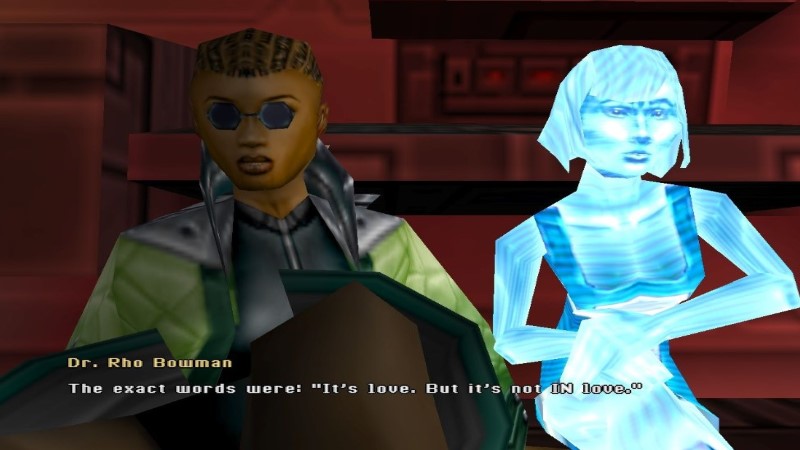
So…should you play it today?
If you can live with 2001 production values and you’re okay applying community patches, yes, a thousand times yes. You’ll get:
- A sprawling, character-driven sci-fi road trip that alternates between hilarious, weird, and unexpectedly tender.
- Turn-based battles that aren’t the deepest ever made but serve the story and pacing well.
- A time capsule of PC-meets-JRPG design that still feels unique, not just “old.”
Personal verdict: Anachronox is messy, ambitious, and utterly singular. In a medium that often rewards safe bets, I’ll take a flawed masterpiece like this any day. It’s the textbook example of a game whose ideas outlived its sales chart, and that’s a legacy worth celebrating.
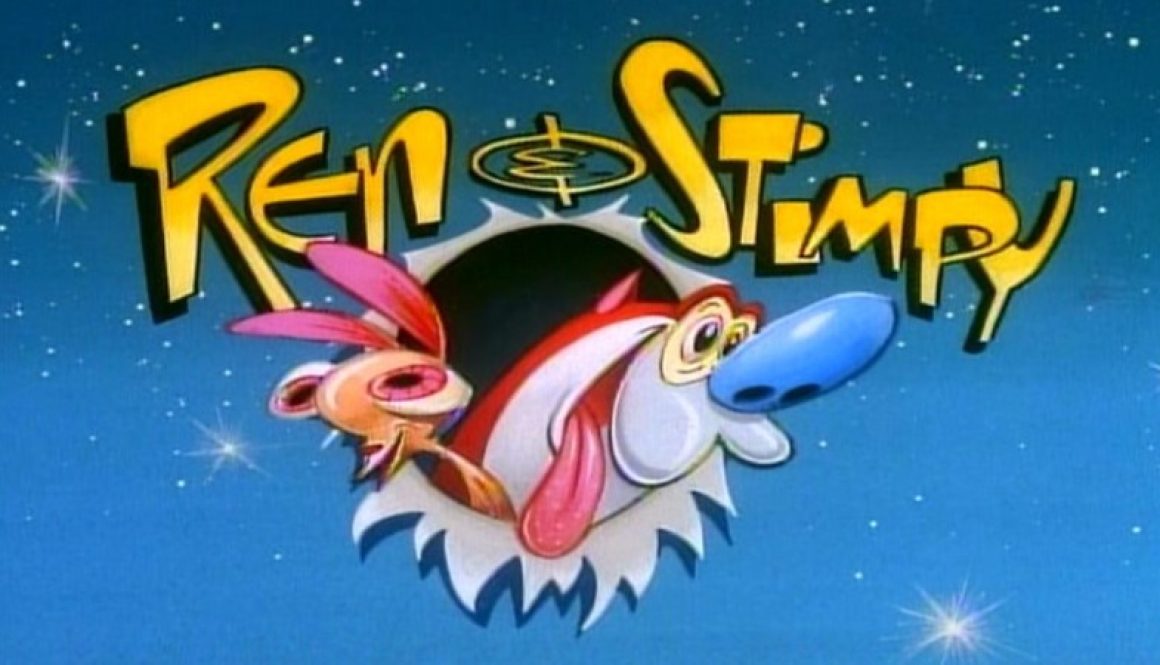
Ren & Stimpy: The gorgeous, grotesque cartoon that broke TV animation open
If you were a 90s kid parked in front of Nickelodeon, Ren & Stimpy felt like a transmission from another planet.
It premiered on August 11, 1991 as one of the original “Nicktoons,” alongside Doug and Rugrats, and it immediately detonated the idea of what TV cartoons could look and feel like: painterly backgrounds, rubbery acting, classical squash-and-stretch, and those infamous “gross-up” close-ups that zoomed into pores, scabs, stubble, and boogers with oil-painting seriousness.
The series ran five seasons through 1995 (with a final first-run airing on MTV in 1996) and remains a cult touchstone for animators and comedy nerds alike.
Ren & Stimpy: Why it still hits
The premise is deceptively simple: Ren Höek (a rage-prone chihuahua) and Stimpson J. Cat (a sweet, dim Manx) ricochet from space epics to domestic disasters to meta TV parodies. Think “Space Madness,” the “Log” commercials, “Happy Happy Joy Joy,” and the masterpiece “Stimpy’s Invention.”
For me, the charm is the contrast—lush, painterly beauty wrapped around the dumbest, pettiest impulses. Even when the jokes go low (and they often do), the timing and drawings go high. That tension is why fans still swear by it: it’s exquisite draftsmanship in service of exquisitely stupid behavior. (That’s a compliment.)
The look: painted backgrounds, character layout, and the infamous “gross-ups”
If you Google “Ren & Stimpy backgrounds,” you’ll fall into a rabbit hole of art by Bill Wray—the painter who helped define the show’s rich, illustrative look.
Those manicured interiors, moody skies, and nicotine-stained wallpapers made the characters “pop” and gave the ugliness a weird, gallery-worthy beauty. Wray has discussed developing those ultra-detailed close-ups (often influenced by Basil Wolverton’s grotesques).
Fans and crew commonly call them “gross-ups,” and they became a calling card of the series (and later, half the 90s).
Inside the animation pipeline, the show re-centered the old-school discipline of character layout—drawing specific acting poses between storyboard and animation to lock down performance.
That was a big deal at the time; it’s a technique creator John Kricfalusi evangelized on his production blog, and it’s one reason the acting in early episodes feels so sharply directed and “on model” emotionally, not just visually.
On top of that, the show embraced smear frames, held poses, and extreme squash-and-stretch with timing that nodded to golden-age theatrics—but filtered through 90s irony and shock humor.
The result: images you can freeze-frame and admire like illustration, and sequences that move with musical precision.
The studios and who actually drew it
The first two seasons were produced by Spümcø, then the show moved to Games Animation (which evolved into Nickelodeon Animation Studio) for Seasons 3–5.
Alongside those prime studios, Carbunkle Cartoons (the Canadian outfit led by Bob Jaques and Kelly Armstrong) delivered some of the best-animated episodes in the run; many animators still cite Carbunkle’s work for its nuanced acting and elastic energy. Rough Draft Studios would also become a key production partner later on.
The artists behind the drawings
Beyond Kricfalusi, the bench was deep and frankly legendary:
- Bob Camp (director/co-developer, later the showrunner during the Games Animation years)
- Jim Smith, Chris Reccardi, Lynne Naylor (co-founder of Spümcø and pivotal to the character designs), Vincent Waller, Bill Wray (art director/background painter), Bob Jaques and Kelly Armstrong (Carbunkle), among others. These names are worth searching individually; their fingerprints are all over 90s/2000s animation.
As for voices, Billy West gave Stimpy his lovably earnest wobble (and later took over Ren), while Kricfalusi originally voiced Ren in Seasons 1–2. West’s choices—half doofus, half choirboy—make some of the darkest gags feel oddly tender, which is Ren & Stimpy in a nutshell.
Why fans loved it (and what set it apart)
- Craft: The show revived classical animation ideas—layouts, expressive timing, and painterly backgrounds—on weekly TV. That was unheard-of in 1991 Nickelodeon land.
- Tone: It walked a razor’s edge between sweetness and sadism. Ren’s volcanic temper against Stimpy’s saintly optimism made even quiet scenes feel dangerous.
- Design + timing: The staging is readable. Every gag has a clear acting beat and silhouette; every scream lands because the drawings “aim” your eye where the joke pays off.
- Those “gross-ups”: Love ’em or hate ’em, the detailed stills made TV animation feel handmade again.
The controversies you can’t ignore
Part of the show’s history is turbulent. Nickelodeon fired Kricfalusi in 1992 over standards clashes and production delays, and Games Animation took over for Seasons 3–5.
Years later, serious allegations of sexual misconduct by Kricfalusi came to light, detailed by multiple outlets and addressed in the 2020 Sundance documentary Happy Happy Joy Joy: The Ren & Stimpy Story.
These reports are sobering and cast a long shadow over the legacy conversations. (As a fan of the work, I think it’s important to separate admiration for the craft from accountability for real-world behavior.)
The Spike TV spinoff that… didn’t work
In 2003, Kricfalusi revived the brand as Ren & Stimpy “Adult Party Cartoon” for Spike TV. It was edgier (often graphically so) but short-lived and widely panned; only three episodes aired before it was pulled. For me, it proves how precarious the original balance was: push too far into explicitness and the elegance collapses.
Techniques and little-known production details
- Character layout was central—locking specific acting poses and eye lines before any animation went overseas, to preserve performance intent.
- Painted backgrounds by Bill Wray gave even gross jokes a gallery sheen.
- Gross-up close-ups combined fine-art rendering with grotesque subject matter, explicitly cited by artists as inspired by trading cards and Basil Wolverton’s textures.
- Studio mix: Early Spümcø episodes used Carbunkle Cartoons for standout animation; later Rough Draft Studios became a workhorse.
- Crew roll call worth exploring for art-style lineage: Bob Camp, Jim Smith, Lynne Naylor, Chris Reccardi, Vincent Waller, Bill Wray, Bob Jaques—many later shaped SpongeBob, Samurai Jack, and beyond.
Where the franchise stands now (recent developments)
In August 2020, Comedy Central announced an adult-skewing reimagining/revival of Ren & Stimpy—without Kricfalusi’s involvement. Over the past few years, the project’s status has been murky, with credible trades confirming the greenlight and later fan chatter about delays.
In August 2025, the fan-news site NickALive noted that Paramount+ added a show page for the reboot, suggesting the company still intends to do something with it. (There have also been scattered reports of limited international listings and leaks, but official U.S. release plans remain unclear at the time of writing) .
If you’re tracking how the show’s DNA lives on beyond direct revivals, look at contemporary projects explicitly channeling that 90s hybrid of hand-drawn elasticity and hyper-detailed close-ups; for instance, Polygon recently spotlighted a 2025 pilot (Bullet Time) borrowing that look/feel and even collaborating with veteran artists like Bill Wray. The influence is everywhere.
My verdict, 30-plus years on
Ren & Stimpy is the paradox I still love: a show that wowed you with craft while grossing you out with gags. The best episodes are basically animation masterclasses—watch “Stimpy’s Invention” frame-by-frame and you’ll see staging and eye-trace choices that wouldn’t be out of place in a Chuck Jones short, just covered in cat hair and earwax.
The worst impulses (on and off screen) are harder to square, and the real-life allegations against the creator deserve to be front-and-center in any honest retrospective. But in terms of the art of TV animation—the layouts, the timing, the painterly ambition—Ren & Stimpy shoved the door open. A generation of artists walked through it.

